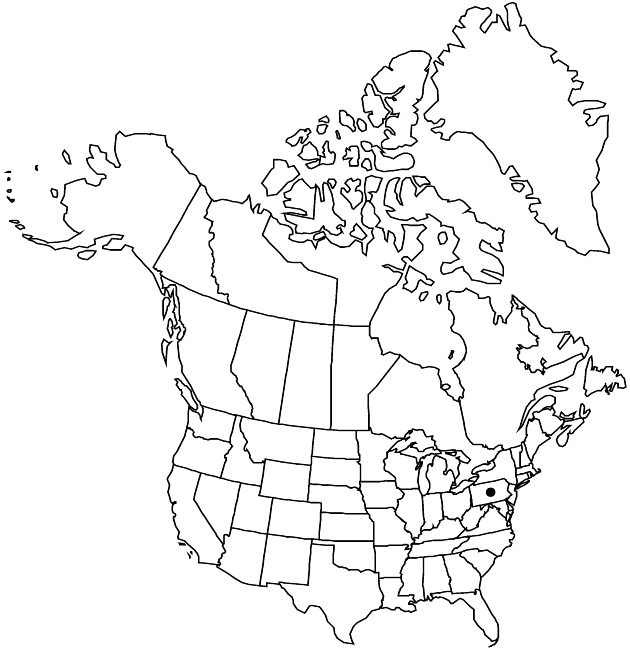Difference between revisions of "Senecio erucifolius"
Fl. Suec. ed. 2, 291. 1755.
FNA>Volume Importer |
imported>Volume Importer |
||
| (5 intermediate revisions by 2 users not shown) | |||
| Line 6: | Line 6: | ||
|place=2, 291. 1755 | |place=2, 291. 1755 | ||
|year=1755 | |year=1755 | ||
| + | }} | ||
| + | |special_status={{Treatment/ID/Special_status | ||
| + | |code=I | ||
| + | |label=Introduced | ||
}} | }} | ||
|basionyms= | |basionyms= | ||
| Line 11: | Line 15: | ||
|name=Jacobaea erucifolia | |name=Jacobaea erucifolia | ||
|authority=(Linnaeus) Gaertner | |authority=(Linnaeus) Gaertner | ||
| + | |rank=species | ||
}} | }} | ||
|hierarchy=Asteraceae;Asteraceae tribe Senecioneae;Senecio;Senecio erucifolius | |hierarchy=Asteraceae;Asteraceae tribe Senecioneae;Senecio;Senecio erucifolius | ||
| Line 26: | Line 31: | ||
|elevation=0–200+ m | |elevation=0–200+ m | ||
|distribution=Pa.;Old World. | |distribution=Pa.;Old World. | ||
| + | |introduced=true | ||
|discussion=<p><i>Senecio erucifolius</i> has been introduced occasionally around seaports and has persisted. At present, it appears to be uncommon and highly localized; it should be expected almost any place that its close relative, <i>Senecio jacobaea</i>, occurs.</p><!-- | |discussion=<p><i>Senecio erucifolius</i> has been introduced occasionally around seaports and has persisted. At present, it appears to be uncommon and highly localized; it should be expected almost any place that its close relative, <i>Senecio jacobaea</i>, occurs.</p><!-- | ||
--><p><i>Senecio erucifolius</i> was treated in Jacobaea by E. Wiebe (2000); see discussion under 53. <i>S. jacobaea</i>.</p> | --><p><i>Senecio erucifolius</i> was treated in Jacobaea by E. Wiebe (2000); see discussion under 53. <i>S. jacobaea</i>.</p> | ||
| Line 36: | Line 42: | ||
-->{{#Taxon: | -->{{#Taxon: | ||
name=Senecio erucifolius | name=Senecio erucifolius | ||
| − | |||
|authority=Linnaeus | |authority=Linnaeus | ||
|rank=species | |rank=species | ||
| Line 51: | Line 56: | ||
|publication title=Fl. Suec. ed. | |publication title=Fl. Suec. ed. | ||
|publication year=1755 | |publication year=1755 | ||
| − | |special status= | + | |special status=Introduced |
| − | |source xml=https:// | + | |source xml=https://bitbucket.org/aafc-mbb/fna-data-curation/src/2e0870ddd59836b60bcf96646a41e87ea5a5943a/coarse_grained_fna_xml/V19-20-21/V20_1281.xml |
|tribe=Asteraceae tribe Senecioneae | |tribe=Asteraceae tribe Senecioneae | ||
|genus=Senecio | |genus=Senecio | ||
Latest revision as of 20:59, 5 November 2020
Perennials, 30–120 cm (rhizomes branched, sometimes producing stolons). Herbage floccose-tomentose, unevenly glabrescent (persistently hairy on abaxial leaf faces). Stems usually single, sometimes loosely clustered. Leaves ± evenly distributed (basal and proximal sometimes withering before flowering); petiolate (proximal) or sessile; blades ovoid or oblong to spatulate (usually pinnatifid to pinnatisect, lobes ± lanceolate to linear), (3–)5–12 × (1.5–)2–4 cm, bases tapered to ± truncate, ultimate margins (often revolute) dentate or entire. Heads 20–60 in corymbiform arrays. Calyculi of 4–6(–10) bractlets (lengths to 1/2 phyllaries). Phyllaries ± 13, 5–7 mm, tips green or greenish. Ray florets ± 13; corolla laminae 12–15 mm. Cypselae hairy.
Phenology: Flowering summer.
Habitat: Waste grounds
Elevation: 0–200+ m
Distribution

Introduced; Pa., Old World.
Discussion
Senecio erucifolius has been introduced occasionally around seaports and has persisted. At present, it appears to be uncommon and highly localized; it should be expected almost any place that its close relative, Senecio jacobaea, occurs.
Senecio erucifolius was treated in Jacobaea by E. Wiebe (2000); see discussion under 53. S. jacobaea.
Selected References
None.